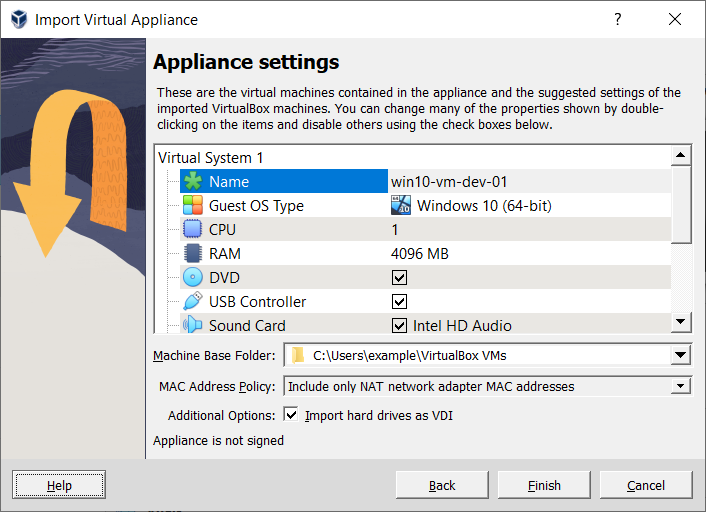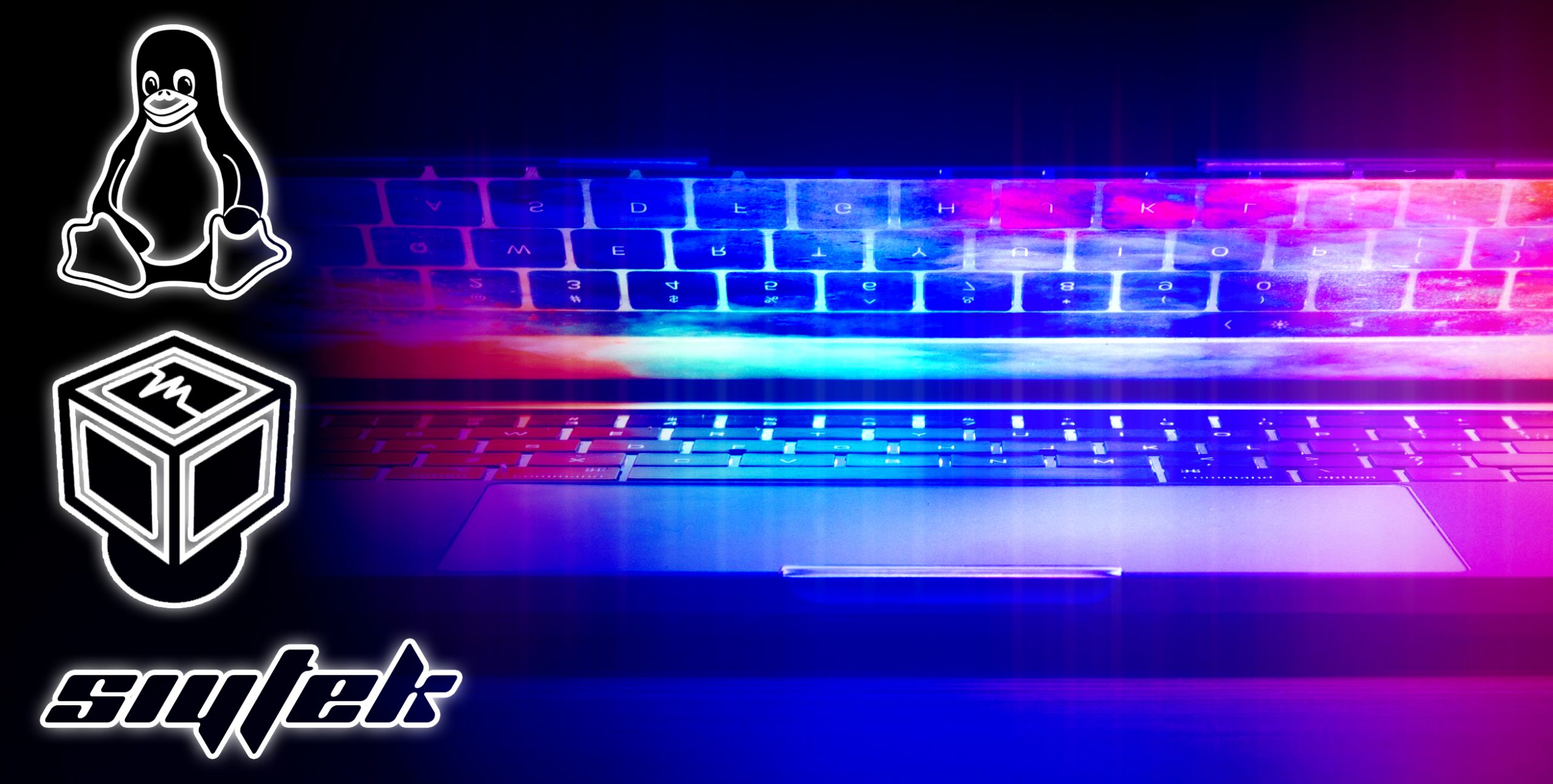

- #UBUNTU FOR MAC VIRTUALBOX HOW TO#
- #UBUNTU FOR MAC VIRTUALBOX INSTALL#
- #UBUNTU FOR MAC VIRTUALBOX WINDOWS 10#
- #UBUNTU FOR MAC VIRTUALBOX PRO#
- #UBUNTU FOR MAC VIRTUALBOX SOFTWARE#
Type the following (type all content as is if bracketed in, write by instructions if bracketed in.(Save it as "All Files" and type "ei.cfg" for name.
 If this file exists, open with Notepad/TextEdit. iso file and search for a file called "ei.cfg". If you are using OS X, mount it by "Disk Utility".
If this file exists, open with Notepad/TextEdit. iso file and search for a file called "ei.cfg". If you are using OS X, mount it by "Disk Utility". #UBUNTU FOR MAC VIRTUALBOX SOFTWARE#
But there is a software called Virtual CD-ROM Control Panel.
First, you will need to mount the iso file by your own means: Windows does not have built-in function to unpack iOS files. If this is the case, it would be quite complicated. move the other partitions at the disk endįAQ The Windows installation page doesn't allow me to skip product key entry. NB: you may need to resize the internal VM partition after, for example to enlarge "/" in Linux : "C:\Program Files\Oracle\VirtualBox\VBoxManage" modifyhd "MyVMPath.vdi" -resize 6000 Here is the DOS command for six gigs (the size must be in megabytes): Go to "Display" Section and set the video memory to maximum value. Click "Processor" tab and set the number of CPUs. Go to "Systems" Section and revert boot order.]. After installation completes, shut down machine and go to Settings. This enables you to have limited functions. Otherwise, click "I don't have a product key". Then enter the product key in the spaces provided. Quit Settings and Boot by clicking "Start". (The latter checkbox is in the Advanced Section). Tick the "Enable Netork Adapter Checkbox" and the "Cable Connected" checkbox. Set the Boot Order to: Optical Hard Drive, Hard Disk. Compare the checksum (if available) to verify the integrity of the disk image file. If you are not using a Windows host machine, the download link for the Media Creation Tool will be replaced by the direct download link of the official. Download the Windows disk image from a trustworthy source. iso file in that folder.įor other versions of Windows When the creation of installation media completes, you will be redirected to the file destination. The download size is typically around 4.7 GB. Download the Media Creation Tool from the Microsoft Official Website. #UBUNTU FOR MAC VIRTUALBOX WINDOWS 10#
As Windows is not open-source, no screenshots of Windows are present here to prevent any kind of copyright infringement.Ĭreate Installation Media Using Media Creation Tool (for Windows 10 VM). 5.1 The Windows installation page doesn't allow me to skip product key entry. 2.1 Using Media Creation Tool (for Windows 10 VM). It may pop up a little warning that says Invalid Settings Detected but I just ignored that and everything's working fine. But all you have to do is once you open VirtualBox and before running your VM you want to click on Settings > Display > and once here you change the graphics controller to VBoxSVGA. But hey, it probably does something important that I don't realize. I was following the recommendations of someone else who was having the same laggy issues with VirtualBox on a newer Mac but even before doing this my Ubuntu in VirtualBox was already running smoothly. This is the last step and to be honest I do not know what it does. 
Step 5: Set the graphics controller to VBoxSVGA (skip this step if you want, explanation below) This should be selected automatically after installing the guest additions but just to make sure you want to click on the same monitor/screen icon in step 3 and select "Auto-Resize guest display" if there isn't already a check next to it. Step 4: Make sure Auto-Resize guest display is selected Then click on Virtual Screen 1 and select 100%. You do this by clicking on the tiny monitor/screen icon on the bottom right of the VM window. To make sure you're scale is set to 100% (mine was set to 200% from previously trying to fix resolution issues so yours may already be at 100%). Go to applications > right click VirtualBox > Show Package Contents > expand Resources folder > then right click VirtualBoxVM application file > click on Get Info > then you'll see a check box that says "Open in low resolution". Step 2: Setting VirtualBox VM to open in low resolution (don't worry, by low resolution I believe it just means lower than the Retina display resolution, not that its going to be in a terrible resolution once you set this, mine looks great).

Once it's installed the features that are useful for the next steps are all automatically applied.
#UBUNTU FOR MAC VIRTUALBOX HOW TO#
It's pretty easy and there are tutorials on how to do this.
#UBUNTU FOR MAC VIRTUALBOX INSTALL#
Step 1: Install guest additions for VirtualBox. Posting because it took awhile searching through various forums how to speed VB up so I thought a consolidated post could help some other beginners out. VirtualBox seemed to run slow but I found the solution was actually to do with resolution.
#UBUNTU FOR MAC VIRTUALBOX PRO#
I'm using a Macbook Pro 16" and using VirtualBox 6.1 to run Ubuntu 20, I have installed Guest Additions on Ubuntu. Note: this is not a post about running MacOS on VirtualBox, but running VirtualBox on a Mac.








 0 kommentar(er)
0 kommentar(er)
